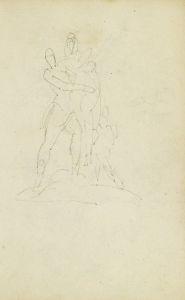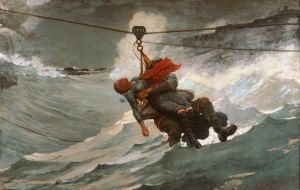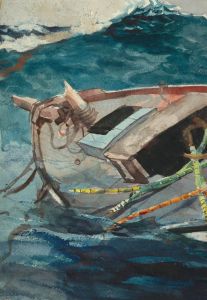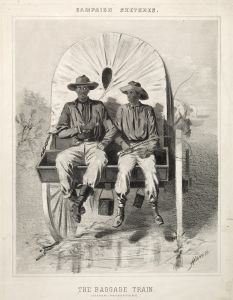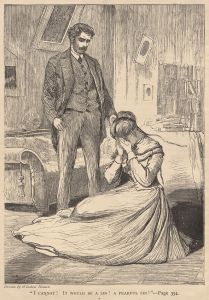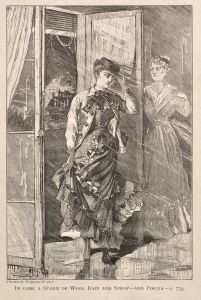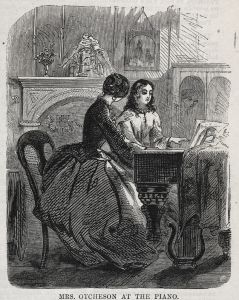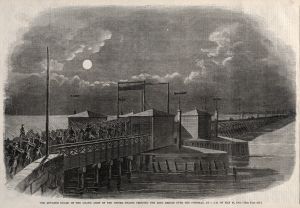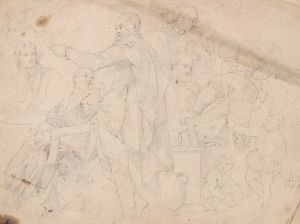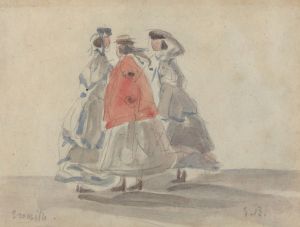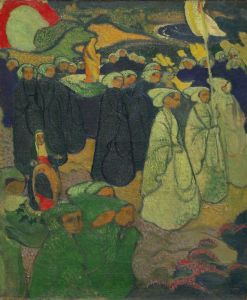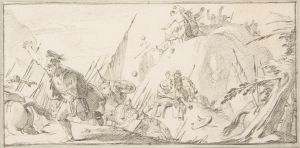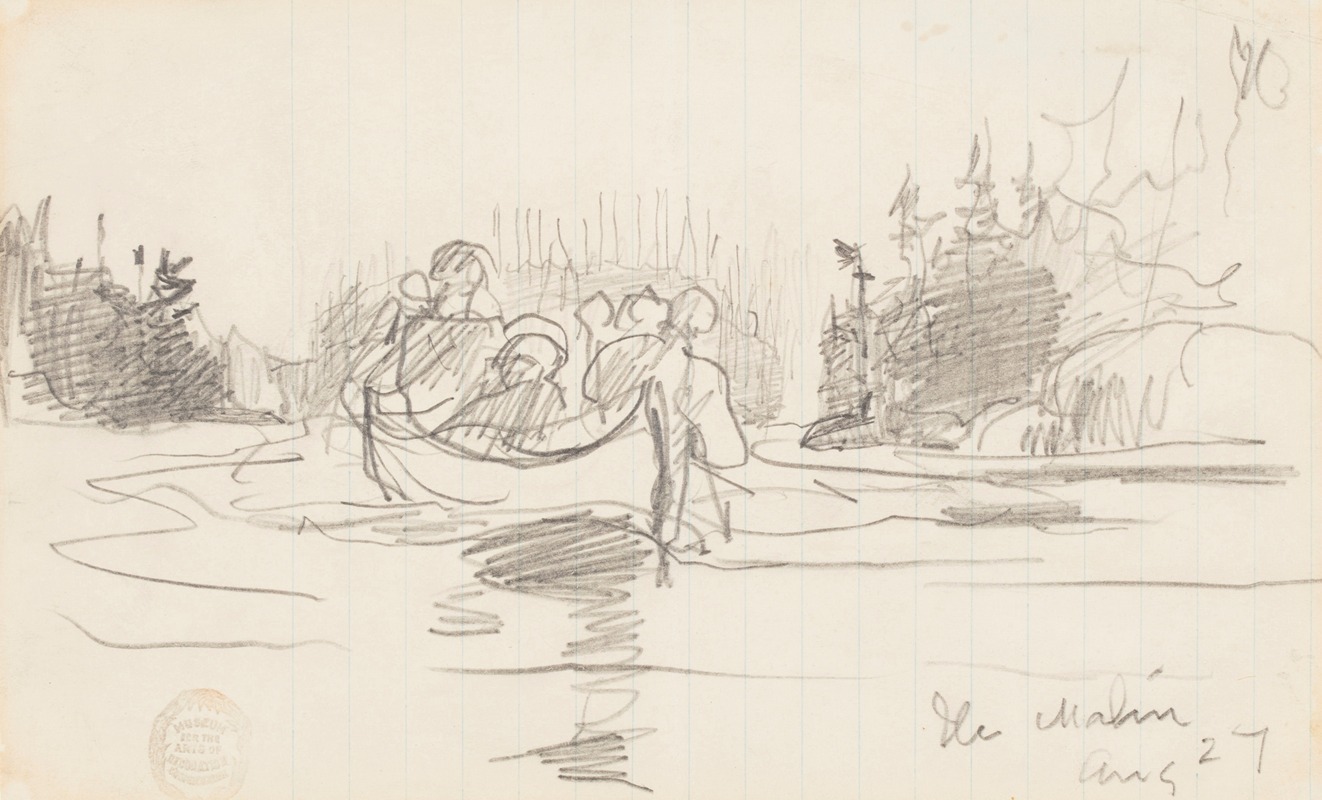
Canoe with Three Men, Ile Maligne, Quebec
A hand-painted replica of Winslow Homer’s masterpiece Canoe with Three Men, Ile Maligne, Quebec, meticulously crafted by professional artists to capture the true essence of the original. Each piece is created with museum-quality canvas and rare mineral pigments, carefully painted by experienced artists with delicate brushstrokes and rich, layered colors to perfectly recreate the texture of the original artwork. Unlike machine-printed reproductions, this hand-painted version brings the painting to life, infused with the artist’s emotions and skill in every stroke. Whether for personal collection or home decoration, it instantly elevates the artistic atmosphere of any space.
Winslow Homer, an American artist renowned for his landscape and marine subjects, painted "Canoe with Three Men, Ile Maligne, Quebec" in 1895. This watercolor artwork depicts three men in a canoe navigating the waters near Île Maligne, a location in the Saguenay River region of Quebec, Canada. The painting is characteristic of Homer’s later works, which often focused on themes of nature, human resilience, and the interaction between people and their environment.
Homer traveled extensively during his career, and his trips to Canada in the 1890s provided inspiration for several of his works. During these visits, he explored the rugged landscapes and waterways of Quebec, capturing the natural beauty and the outdoor activities of the region. "Canoe with Three Men, Ile Maligne, Quebec" reflects Homer’s interest in the wilderness and his ability to convey the dynamic relationship between humans and nature.
The painting showcases Homer’s mastery of watercolor, a medium he increasingly favored later in his career. His technique involved layering washes of color to create depth and texture, as well as using negative space to suggest light and movement. In this work, the canoe and its occupants are rendered with precision, while the surrounding water and landscape are depicted with fluid, expressive brushstrokes. The composition emphasizes the motion of the canoe as it glides through the water, evoking a sense of adventure and the challenges of navigating the natural world.
Homer’s works from this period often highlight the simplicity and ruggedness of outdoor life, themes that resonated with audiences in the late 19th century. His depictions of canoeing, fishing, and other activities in remote settings reflect a broader cultural interest in wilderness exploration and the idea of retreating from urban life to reconnect with nature.
"Canoe with Three Men, Ile Maligne, Quebec" is part of Homer’s broader body of work that celebrates the beauty and power of the natural world. Today, the painting is recognized as an example of his skill in capturing the essence of a moment and his ability to convey the interplay between humans and their environment. The artwork is held in a private collection and is occasionally exhibited in museums, allowing audiences to appreciate Homer’s contribution to American art and his unique perspective on the landscapes of North America.






